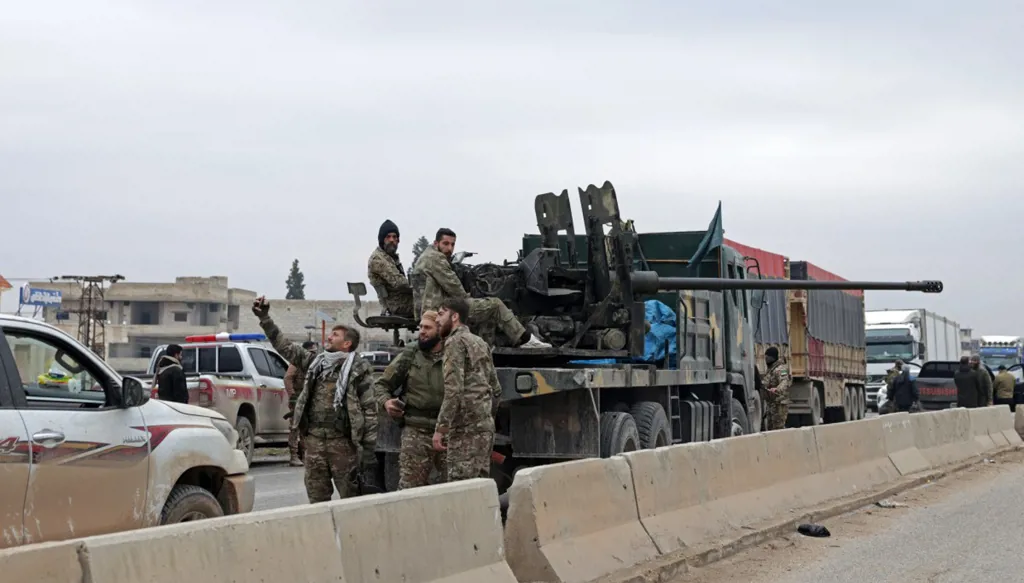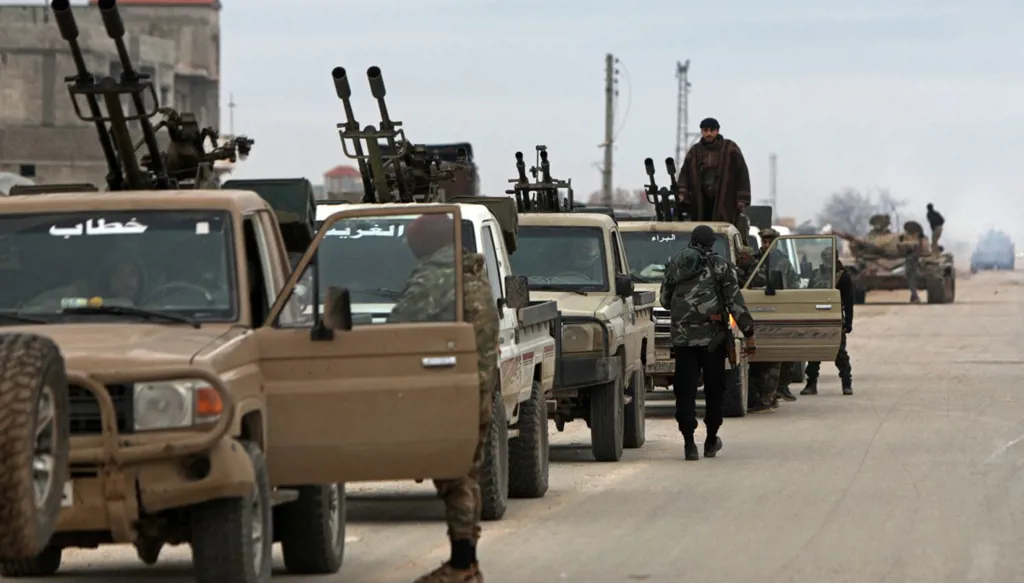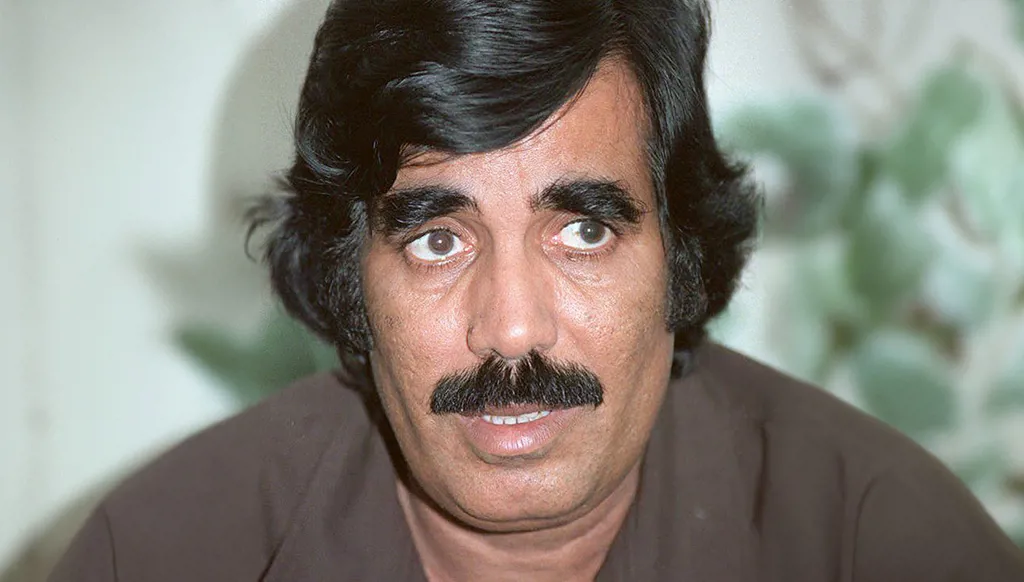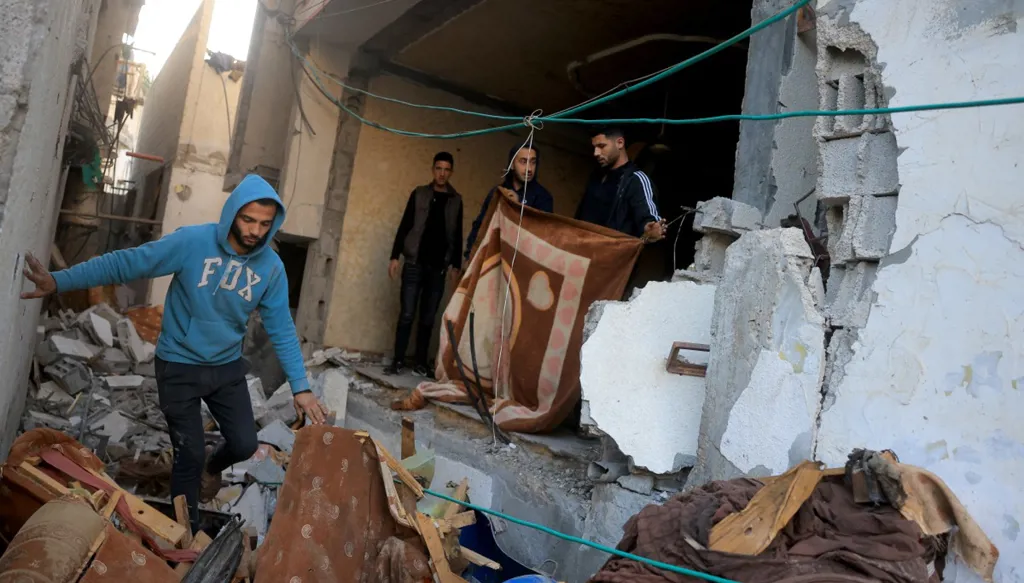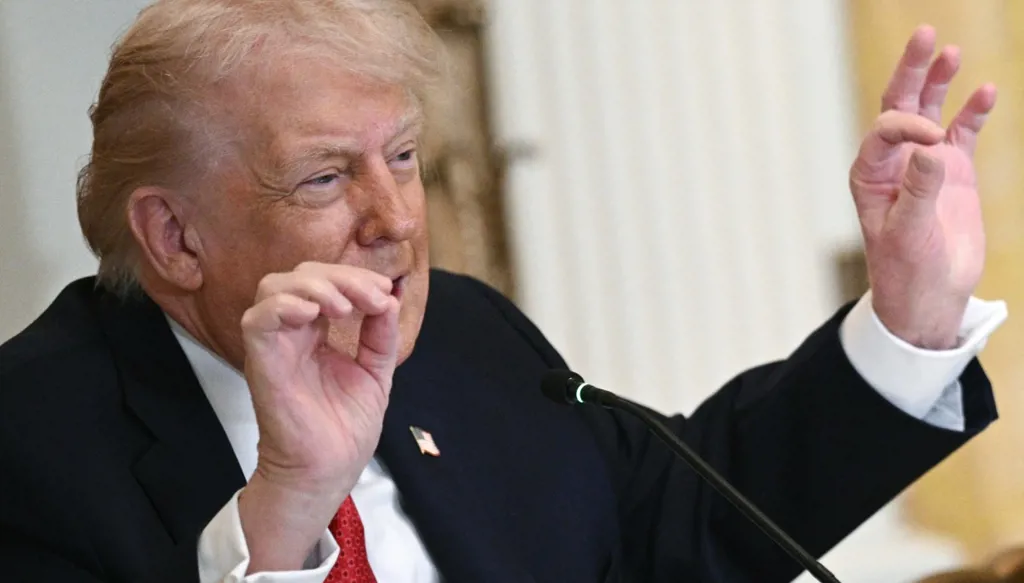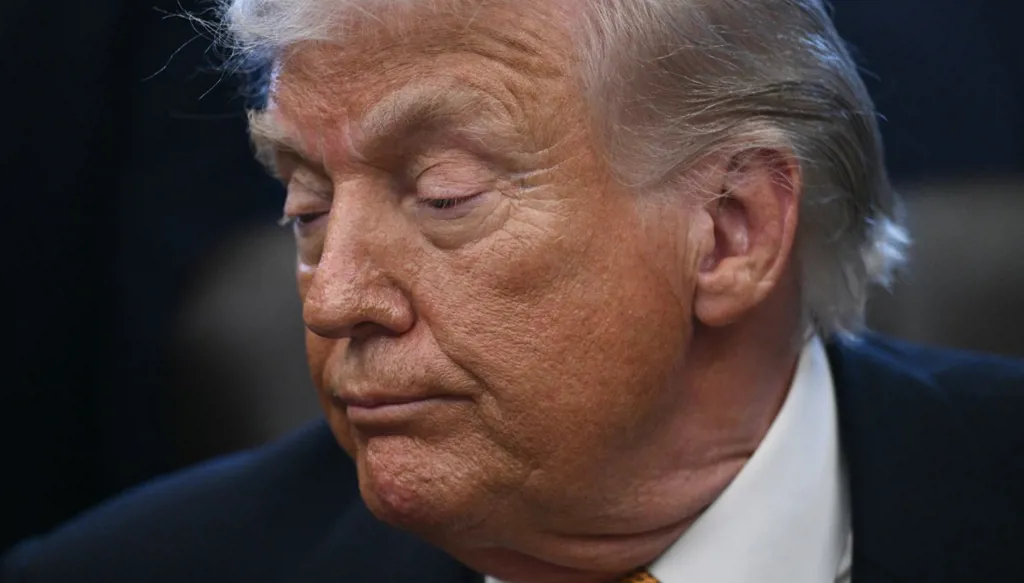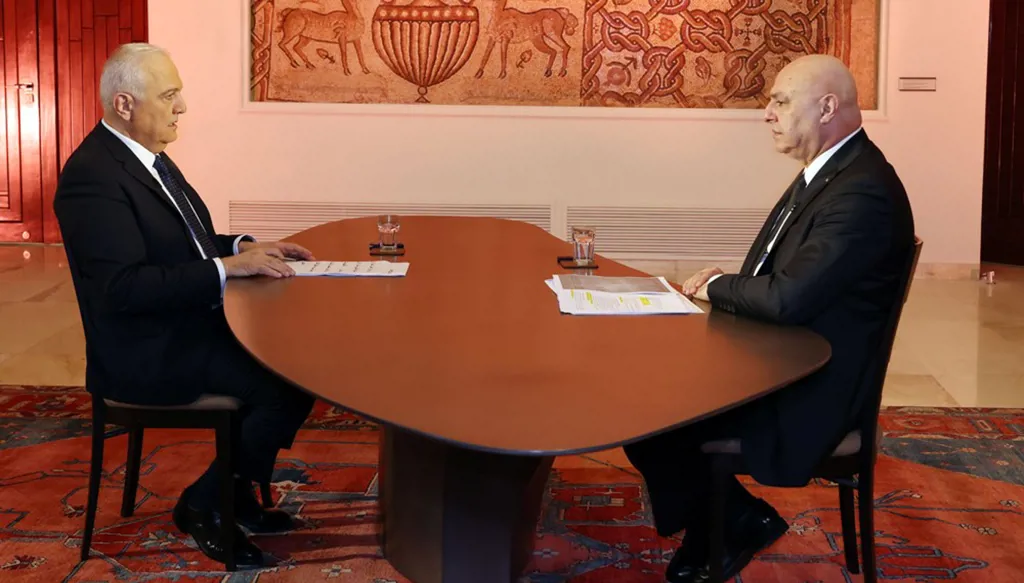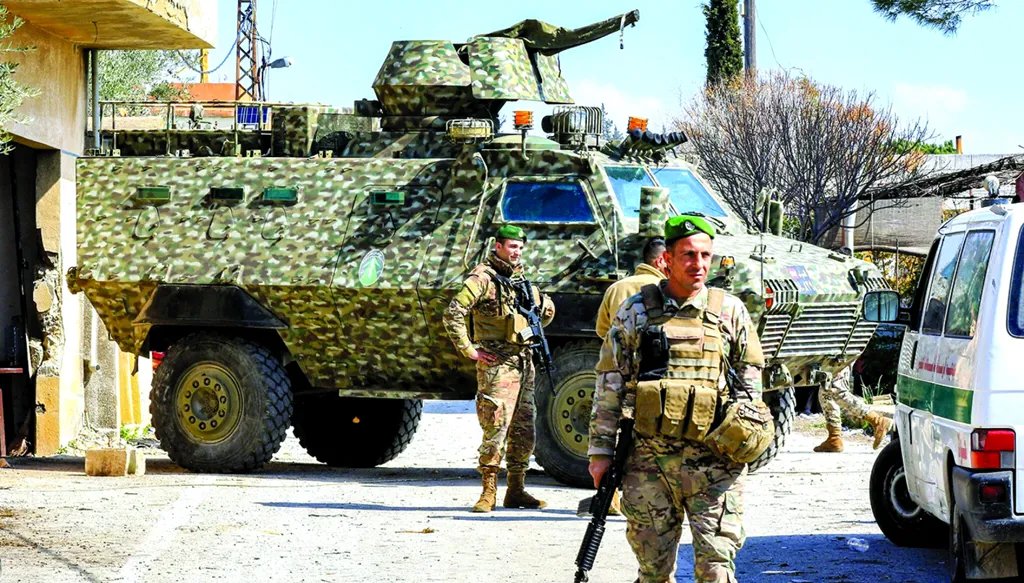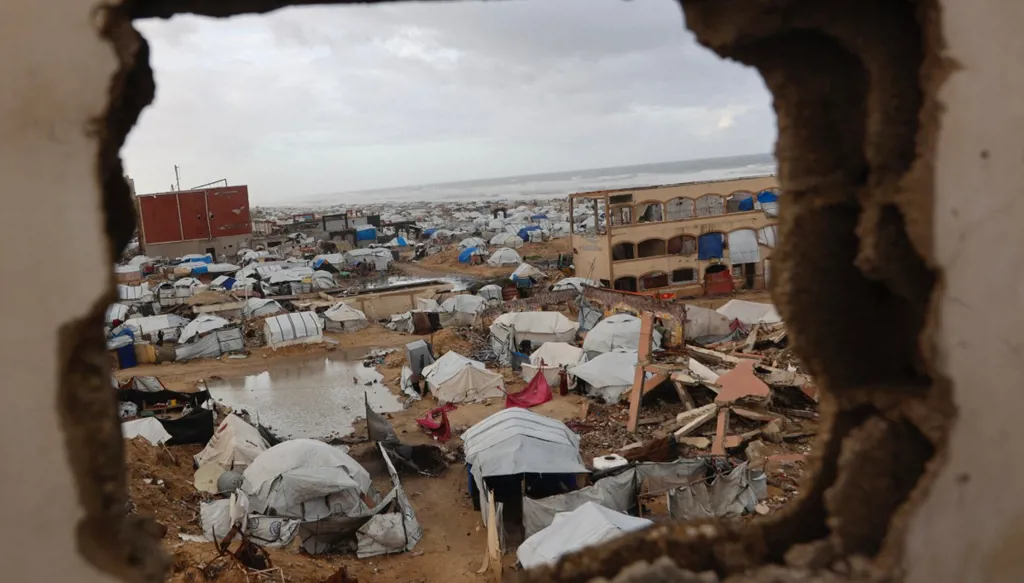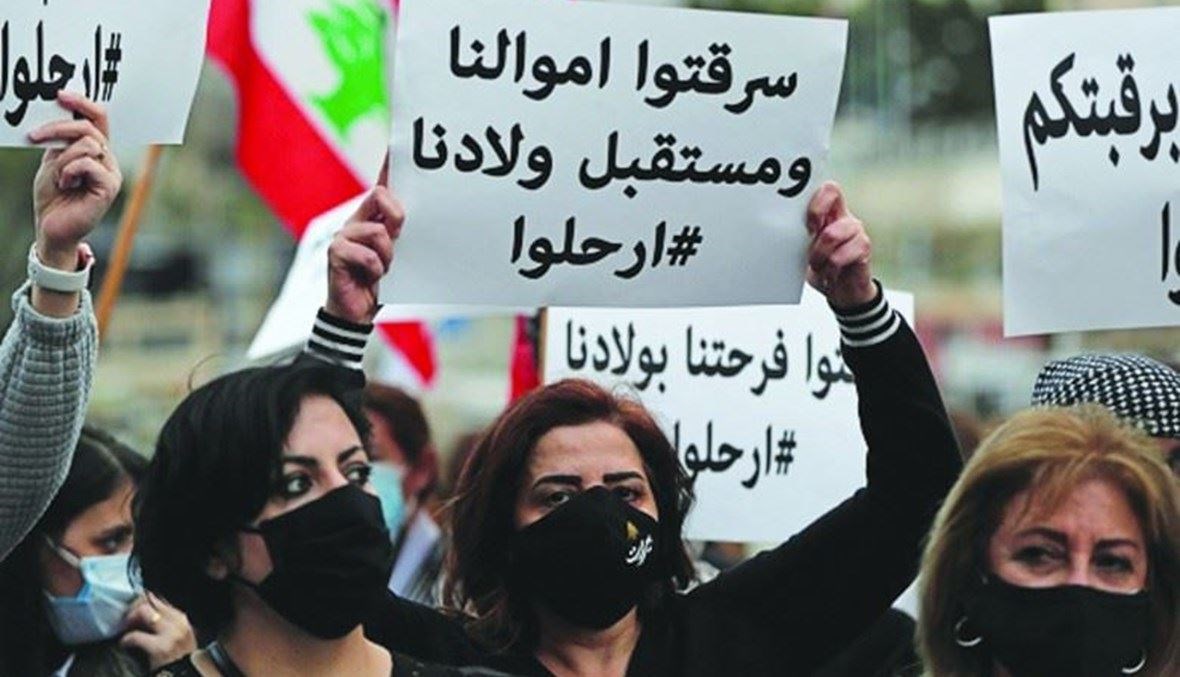
The Lebanese financial crisis came into the spotlight in October 2019, when thousands of Lebanese started protesting against the corrupt political system. However, the economic situation had been unravelling for years.
During the year 2019, 23.4% of national income was distributed to the top 1% of earners, according to the World Inequality Database. Whereas the bottom 50% of the population earned only 10.7% of the total income– a shocking indicator on the Lebanese income inequality.
After the Lebanese government decided to default its $1.2 billion foreign debt in March 2020, the economic sector lost its reliability, which in its turn lead to additional undermining and the devaluation of the Lebanese currency, that already had started in August 2019. The official Lebanese local currency is officially 1,507.5LBP per USD. However, due to the financial turmoil, the fluctuating exchange rate on the black market, reached over 20,000LBP per USD in the summer of 2021, and to around 30,000LBP in late 2021. As a result, the rising price of imported goods which Lebanon highly depends on, sent inflation skyrocketing into a state of hyperinflation.
But how did Lebanon reach this stage? How could a country that prospered financially, before the civil war that burst in the year 1975, turn into a battlefield and an eventual economic meltdown.
Pre-civil war
“Switzerland of the Middle East” was the nickname of Lebanon in the 1960's. A favourable investment environment, with relatively political stability, and banking secrecy laws, Lebanon’s economy was widely described as a "safe haven” in the region, where affluent individuals managed their wealth privately.
As a result, economic performance was sturdy. GDP growth outperformed inflation rates by around 2% on average, between 1965 to 1975, the Lebanese Lira appreciated versus the USD dollar, Lebanon witnessed a positive the balance of payments.
The civil war Era
The Lebanese political and social turbulence in the early and mid 1970's led to violence, thus a civil war, that would last for 15 years to come. The conflict devastated the economy. Emigrants, destruction of the infrastructure, and the clash for power amongst the armed parties, all led to a near financial collapse.
As a result, sources of government revenue suffered. To make up for the declining revenues, the government had to borrow heavily from commercial banks and forced Lebanon’s central bank, to engage in bond purchases. The purchase of government debt by the central bank increased the money supply in the economy. The increase in the M1 supply, along with currency devaluation, and a decline in Gross Domestic Production led to inflation.
Inflation was around 94% from 1980 to 1990, reaching an unprecedented 487% in 1987 according to IMF reports. The size of the economy shrank to around 50% of what it was in 1980.
To add up to all this, the official Lebanese pound depreciated from 2.23 L.L. for 1USD in 1975 to 685 L.L. for 1USD by the end of the war in 1990.
In 1992, the new government worked to stabilize the exchange rate, eventually pegging it at 1,507.50 L.L per dollar in 1997.
Defending this exchange rate peg, which brought "stability" to the Lebanese economy, became the main focus of the central bank, requiring a sufficient supply of USD to ensure that the price of 1 USD did not rise above LL 1,507.50. This would turn out to be a very consequential policy indeed.
The "Peg" a door to a Ponzi scheme.
The main reasons for constant inflow of dollars into the Lebanese economy where:
1. Interest payments on the public debt.
2. Maintaining the peg.
3. The need for necessary imports of essential goods (fuel, medication and wheat).
According to the World Bank, public debt was 130% of GDP for the last two decades. In 2018, interest payments of interest on debt amounted to 30% of government expenditure, i.e., 10% of GDP.
The lion’s share of this public debt moreover, is owed to Lebanese Commercial Banks which own the largest share of the public debt, mostly denominated in USD.
Interesting to mention, the main debt creation was not due to the reconstruction after the war where the government had to borrow money, but rather by the currency stabilization that was the catalyst of the bigger part of the public debt.
In order to attract foreign currency to maintain the fixed exchange rate, the central bank had to offer high interest rates.
This strategy of offering high interest to attract USD was accompanied with the fact that the country was paying for imports in foreign current way above what it gained through its export. To compensate for this "deficit” burrowing at unreasonably high interest rates was the only way to keep running forward, taking the whole system into a Ponzi Scheme.
The Skyfall
Towards the end of 2019, the Lebanese economy started to break down. A mere tax on WhatsApp calls uncovered the government's fragile situation, leading to a financial panic.
The Lebanese public formed long queues to reclaim their savings from the banks as the local currency had started to devaluate. In return the banks came up with withdrawal limits and restrictions on transfers abroad, igniting protests all around the country.
Investors started to lose confidence in the high-interest system, that assumed to still claim a new debt to pay off the old.
Poverty rates rose severely, with The World Bank estimates of 45% and 50% for the years 2019 and 2021 respectively.
The Coronavirus and the explosion of August 4th built upon an ongoing financial, economic and political crisis.
Today Lebanon is in a crisis of dollar shortage, hospitals unable to secure their basic medical supplies, and gas stations facing closure due to lack of fuel.
Looking Forward: Professor Maroun Khater
It is obvious that Lebanon’s crisis is more correlated with political variables than with economic ones. Logically, any forthcoming solution has to be anchored to the initial causes of Lebanon’s collapse, to politics. Based on our belief in Lebanon and our respect for constitution and political institutions, forming a trustful government is confidently the first step of getting out Lebanon from its ordeal. What is needed is a “Reforms Implementation Government” and not a “Crisis Management Government”! Due to chronic corruption, clientelism and political patronage, Lebanese governments and governors failed implementing real and efficient reforms. Accordingly, the recovery of Lebanon will be inevitably financed and managed by international institutions and more precisely by IMF. Reforms shall start being applied over resistant governmental institutions and corrupted systems. Strategic plan with adequate weighting shall substitute narcissism and nepotism! Electricity, communication, infrastructure and borders’ control are the top disastrous topics that need to be immediately solved. “Institutional Quality” determinants shall form the core of any redemption plan and roadmap. Institutional quality is a binding path that drives Lebanon on the way to voice and accountability, government effectiveness, regulatory quality, rule of law and control of corruption. Finally, it is important to mention that political stability is a “Master Variable” for institutional quality effectiveness and for Lebanon’s deliverance.
العلامات الدالة
الأكثر قراءة
العالم العربي
1/17/2026 1:09:00 PM
المرسوم لم يصدر في إطار دستوري كامل لأن العملية الدستورية “ليست بيد الرئيس وحده”
العالم العربي
1/17/2026 2:34:00 PM
معركة كانت قابلة للتوسع، ثم توقفت فجأة لينتقل مسارها من الميدان إلى السياسة
العالم العربي
1/17/2026 6:13:00 PM
وفاة نائب رئيس الجمهورية اليمنية الأسبق علي سالم البيض
المشرق-العربي
1/17/2026 12:13:00 PM
من هم الأعضاء؟
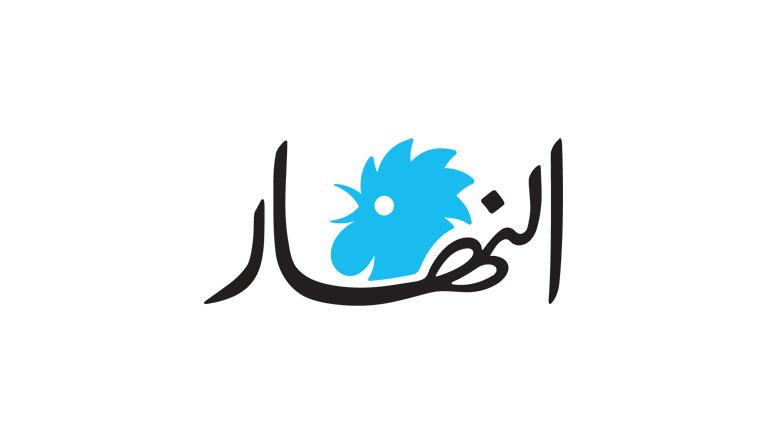




 مسنجر
مسنجر
 واتساب
واتساب
 ثريدز
ثريدز
 بريد إلكتروني
بريد إلكتروني
 الطباعة
الطباعة
 تويتر
تويتر
 فيسبوك
فيسبوك


